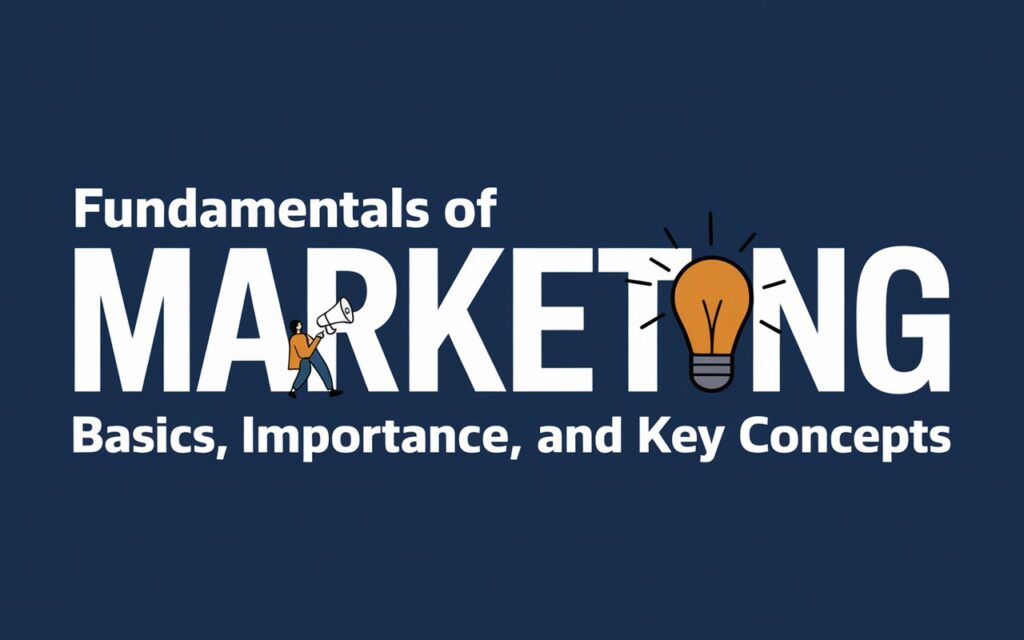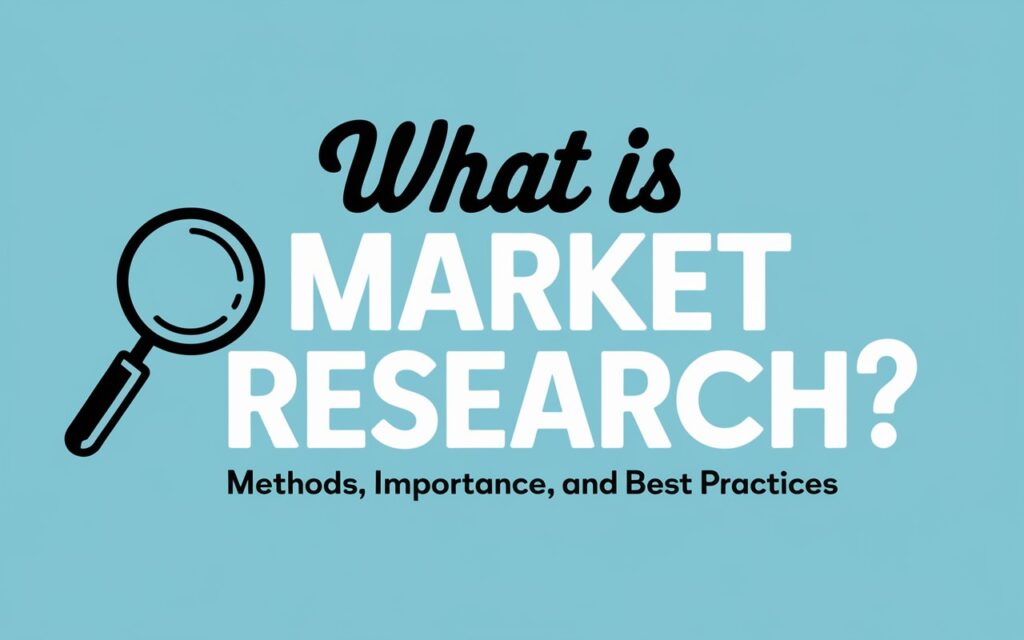Growth marketing is a strategic, data-driven approach that focuses on the entire customer journey—from awareness to advocacy. Unlike traditional marketing, which often emphasizes top-of-the-funnel tactics, growth marketing uses continuous experimentation, rapid iteration, and customer feedback to drive sustainable business growth.
In 2025, as customer expectations evolve and digital competition intensifies, growth marketing is more important than ever. This article breaks down what growth marketing really is, how it differs from traditional marketing, and why it’s critical to your success in today’s landscape.

What Is Growth Marketing?
Growth marketing is the process of using data, experimentation, and cross-channel strategies to acquire and retain customers at every stage of the funnel. It goes beyond awareness and lead generation—it focuses on building long-term relationships that deliver measurable growth.
Key Characteristics of Growth Marketing:
- Customer-centric: Focused on delivering value across the lifecycle
- Data-driven: Decisions are based on real-time analytics
- Iterative: Uses A/B testing and continuous experimentation
- Full-funnel: Covers acquisition, activation, retention, revenue, and referral (AARRR framework)
Growth Marketing Example:
A SaaS company notices low user engagement after onboarding. Instead of only increasing sign-ups (traditional marketing), a growth marketer experiments with in-app walkthroughs, personalized emails, and new pricing models to boost retention and LTV.
Traditional Marketing vs. Growth Marketing
| Aspect | Traditional Marketing | Growth Marketing |
|---|---|---|
| Focus | Awareness, acquisition | Full-funnel (AARRR) |
| Strategy | Static campaigns | Iterative experiments |
| Metrics | Impressions, reach | Retention, CAC, LTV, MRR, ROI |
| Tools | TV, radio, print, digital ads | CRM, product analytics, automation |
| Customer Journey | Linear, top-down | Non-linear, ongoing optimization |
Growth marketing aligns closely with agile principles, adapting quickly to customer feedback and changing conditions.
Why Growth Marketing Matters in 2025
1. Customers Expect Personalization
In 2025, generic messages no longer cut it. Users expect relevant, timely, and personalized experiences. Growth marketers leverage customer data to create tailored journeys that feel human and helpful.
2. The Funnel Is No Longer Linear
Thanks to social media, communities, and AI-powered tools, today’s customers jump in and out of the funnel. Growth marketing accommodates this behavior by focusing on engagement across touchpoints, not just initial acquisition.
3. AI and Automation Are Driving Smarter Strategies
Growth marketers use tools like:
- Predictive analytics
- AI-driven content generation
- Chatbots for retention
- Dynamic pricing models
These technologies empower marketers to scale experimentation and optimize every step of the customer journey.
4. Retention Is the New Growth
With customer acquisition costs (CAC) rising, growth depends on retaining and growing existing customers. Growth marketers build strategies around:
- Onboarding flows
- Re-engagement campaigns
- Referral programs
- Community building
5. The Rise of Product-Led Growth (PLG)
Companies like Slack, Notion, and Figma have proven that products can drive their own growth. Growth marketing supports PLG by combining product insights with marketing strategies to turn users into advocates.
Key Growth Marketing Strategies for 2025
1. Full-Funnel Optimization
Use the AARRR (Acquisition, Activation, Retention, Revenue, Referral) framework to identify bottlenecks and optimize accordingly.
- Acquisition: Google Ads, SEO, content marketing
- Activation: Onboarding emails, interactive tutorials
- Retention: Push notifications, newsletters, loyalty programs
- Revenue: Upsells, cross-sells, personalized pricing
- Referral: Ambassador programs, incentives for sharing
2. A/B Testing and Rapid Experimentation
Create a culture of experimentation. Test landing pages, CTAs, subject lines, app flows—everything. Use tools like:
- Google Optimize (or alternatives like VWO)
- Mixpanel
- Amplitude
3. Content That Educates and Converts
High-quality content drives awareness and engagement. Focus on:
- Product-led blog posts
- Interactive tools and calculators
- Case studies with data
- Video explainers
Pro Tip: Align content with each stage of the customer journey.
4. Omnichannel Personalization
Use CRM and CDP tools (like Segment or HubSpot) to create unified customer profiles. Then personalize:
- Email campaigns
- Website experiences
- Ad targeting
- Mobile push messages
5. Community-Led Growth
Leverage communities (like Discord, Slack, Reddit, or your own forums) to build loyalty and advocacy. A passionate community reduces churn and improves referral rates.
Real-World Growth Marketing Examples
Dropbox
Growth Tactic: Referral program
Result: Grew user base by 3900% in 15 months
Lesson: Incentivize users to share your product.
Duolingo
Growth Tactic: Gamification + push notifications
Result: Industry-leading retention
Lesson: Build habits with friendly nudges and engaging UX.
Zapier
Growth Tactic: SEO-driven content + PLG
Result: 7-figure ARR with lean team
Lesson: Educate users with actionable content that integrates with your product.
Common Mistakes to Avoid
- Focusing only on acquisition
Growth doesn’t stop at sign-up. Prioritize retention and monetization. - Not tracking the right metrics
Focus on actionable KPIs like CAC, LTV, MRR, churn, and conversion rates. - Running experiments without a hypothesis
Every test should have a clear goal and expected outcome. - Ignoring onboarding
A poor onboarding experience kills activation and long-term growth.
Tools Every Growth Marketer Should Know in 2025
| Purpose | Recommended Tools |
|---|---|
| Analytics | Mixpanel, Amplitude, Google GA4 |
| A/B Testing | VWO, Optimizely |
| Email & CRM | HubSpot, Mailchimp, ActiveCampaign |
| Automation | Zapier, Make (Integromat) |
| Personalization | Segment, ConvertFlow |
| Content | Jasper, Surfer SEO, Grammarly AI |
Conclusion: Growth Marketing Is the Future
In 2025, marketing is no longer just about getting attention. It’s about building end-to-end customer experiences that drive sustainable growth.
Growth marketing combines the agility of startups, the power of data, and the personal touch of customer-centric thinking. If you want to stay competitive and build long-term value, it’s time to embrace growth marketing now.
FAQs
What is the difference between growth marketing and performance marketing?
Growth marketing focuses on long-term, full-funnel strategies with experimentation and retention, while performance marketing is more about paid acquisition with short-term ROI goals.
Do I need a growth team or can one marketer do it all?
Ideally, growth marketing is a cross-functional effort—involving product, marketing, design, and data. But a single skilled marketer can start with small experiments and scale gradually.
Is growth marketing only for tech startups?
Not at all. Any business—B2B or B2C—can benefit from growth marketing principles, especially those looking for scalable, sustainable growth.
Sign-up the Marketing Intelix newsletter.






